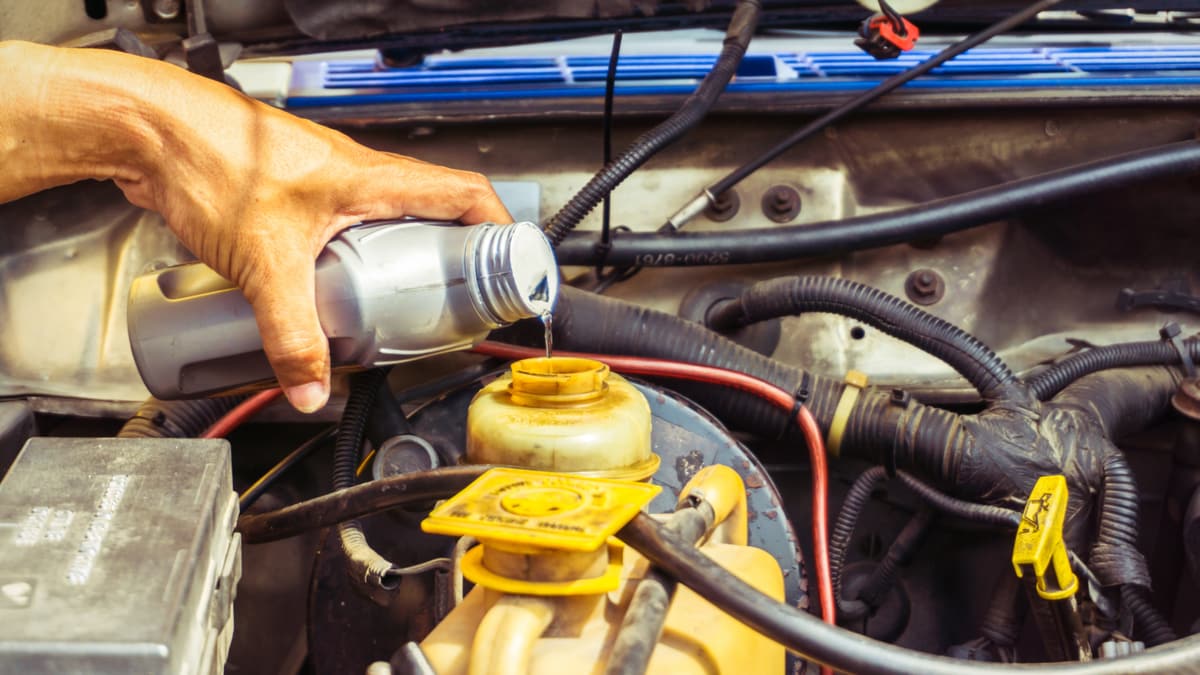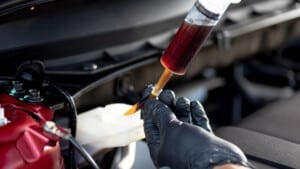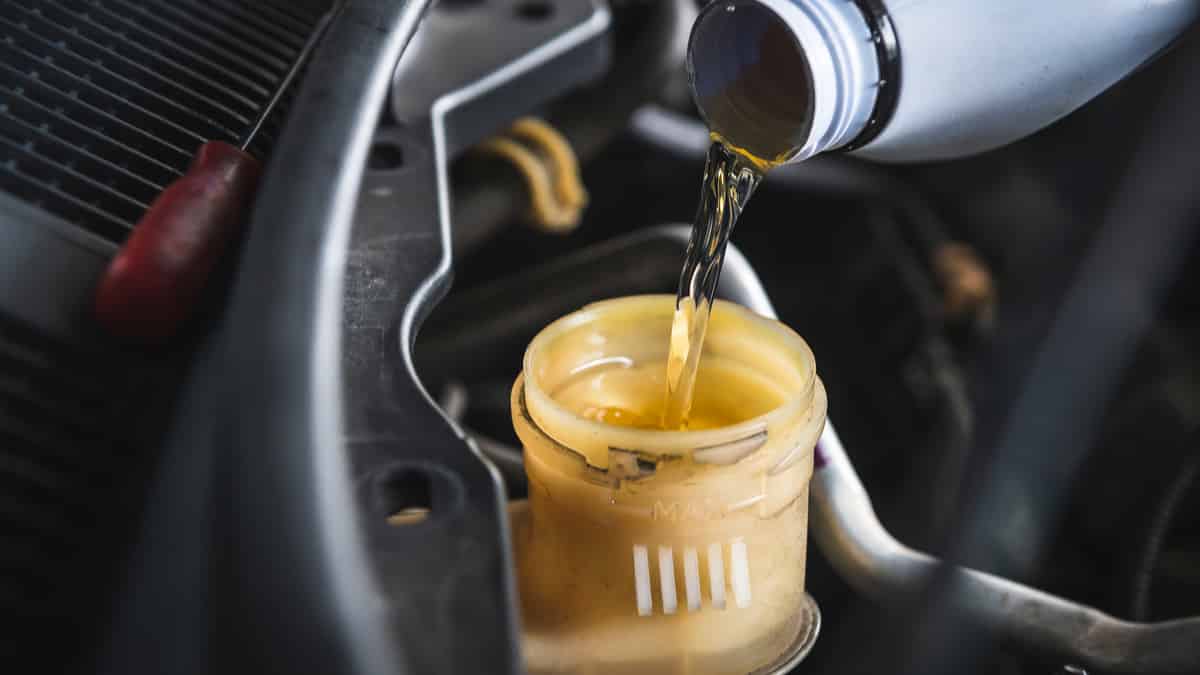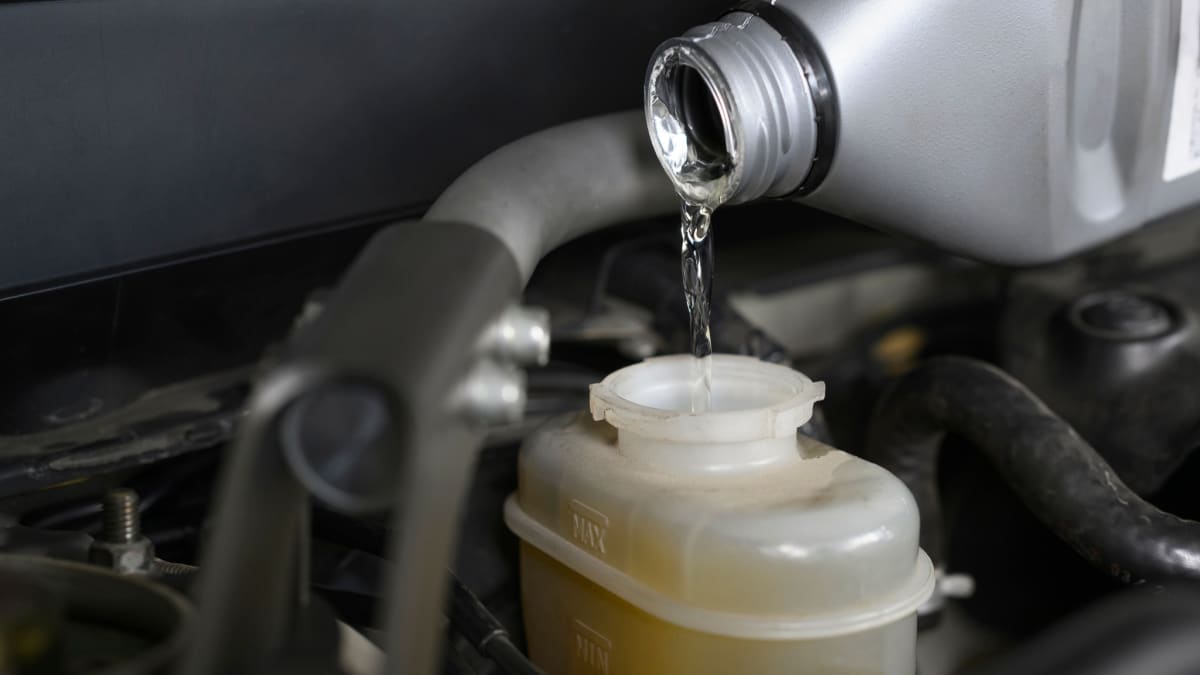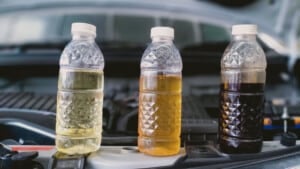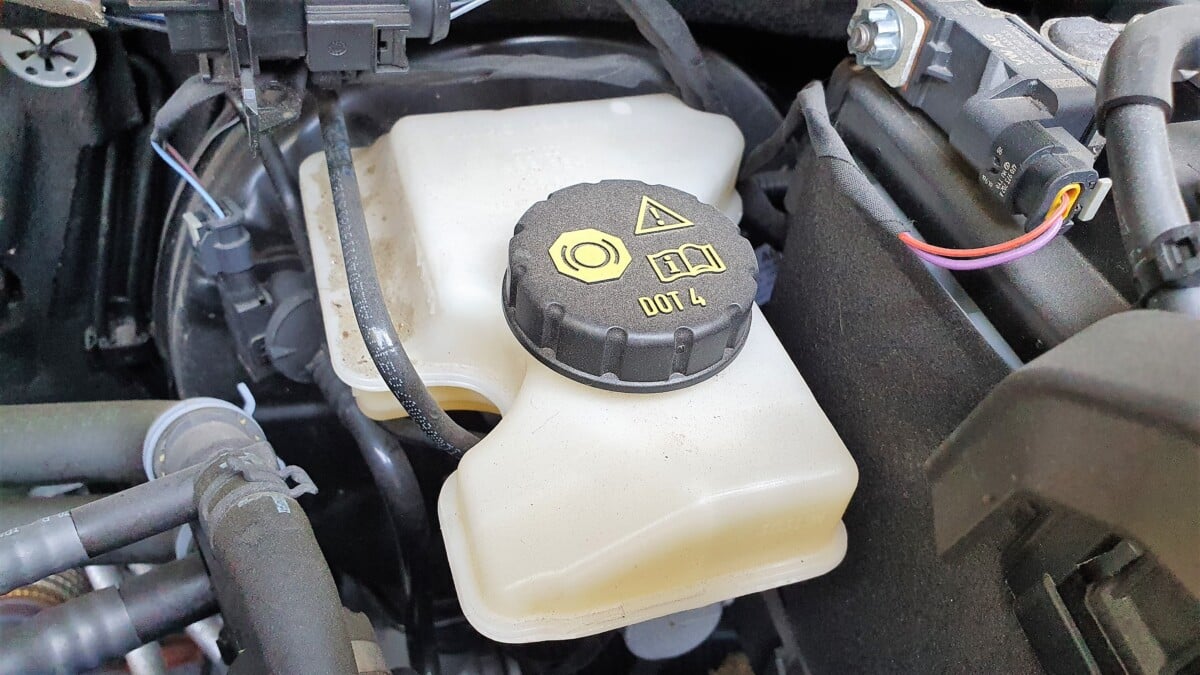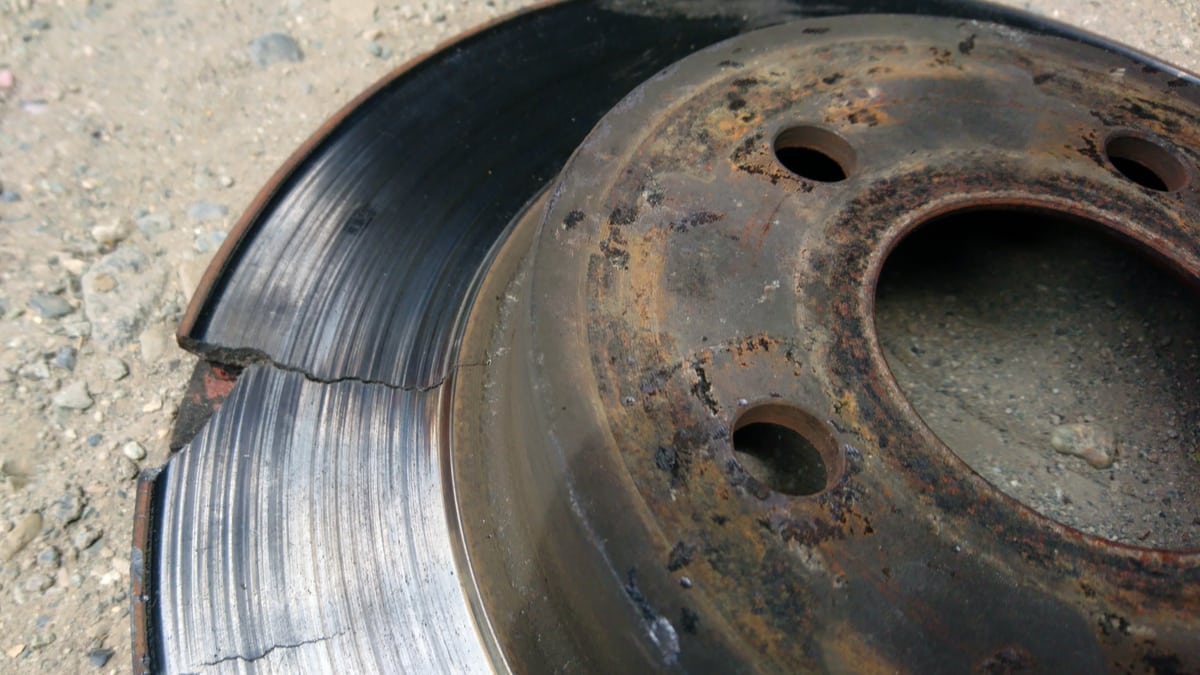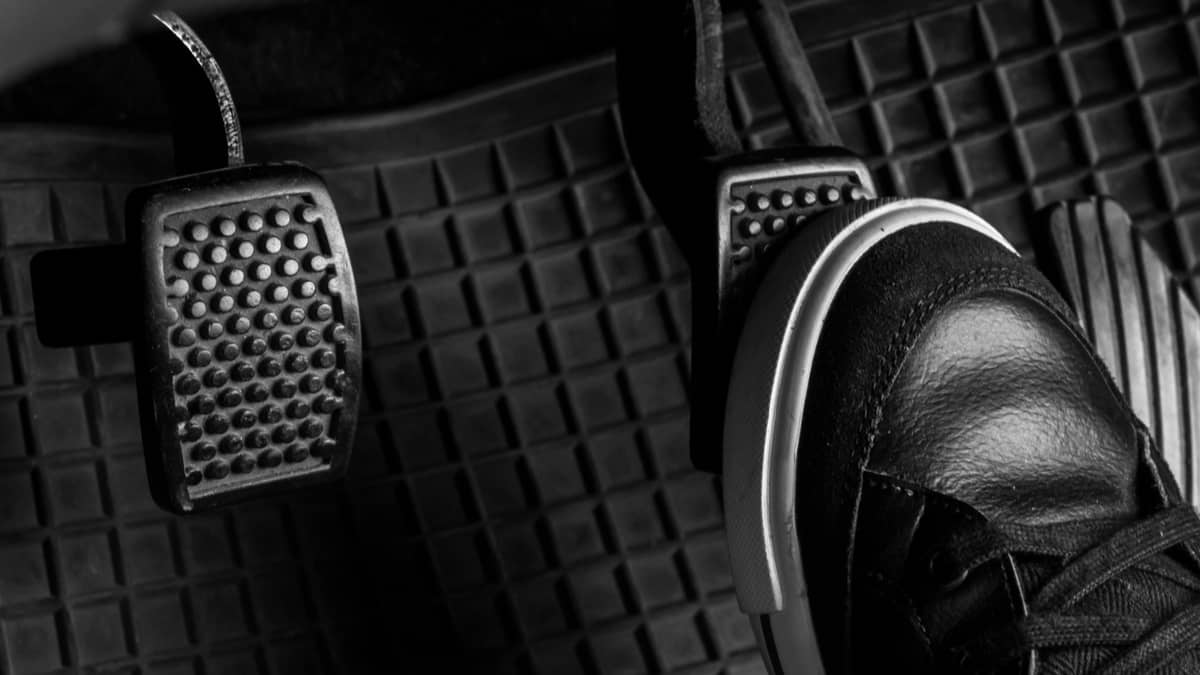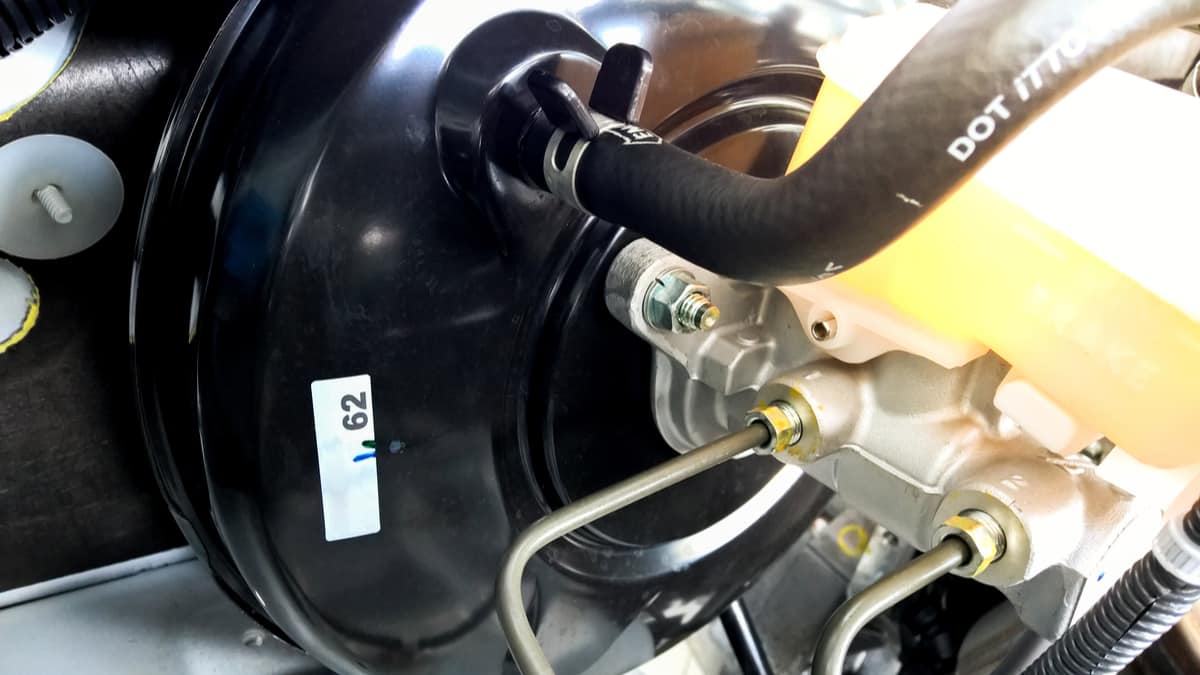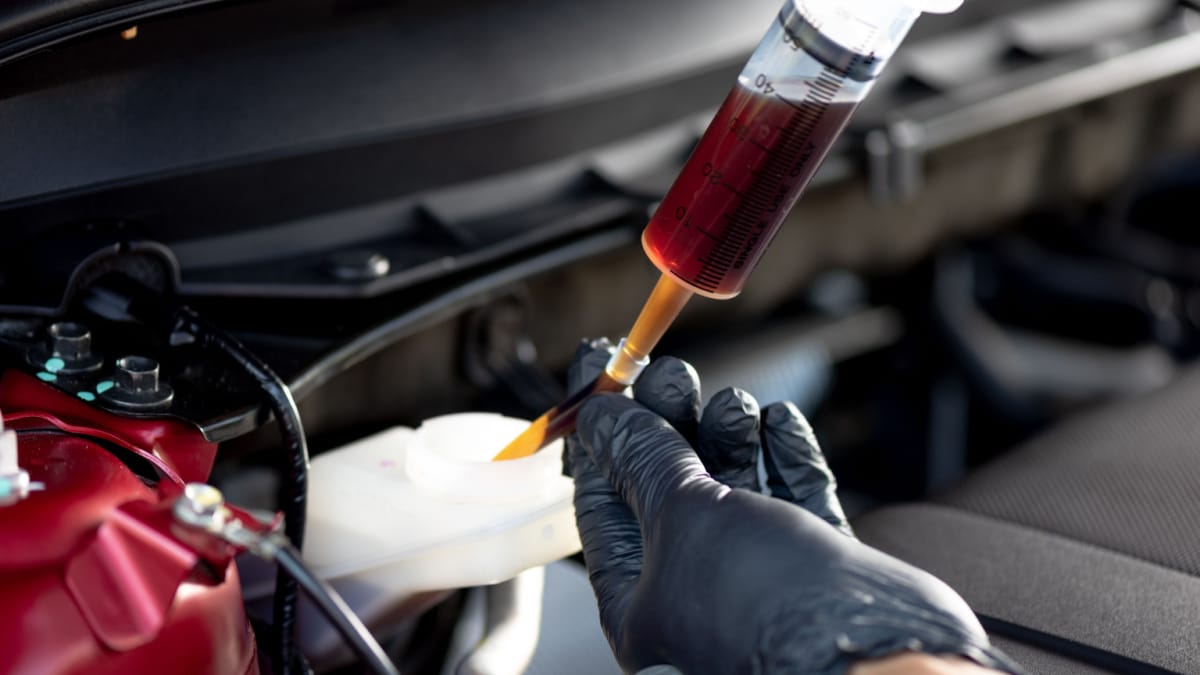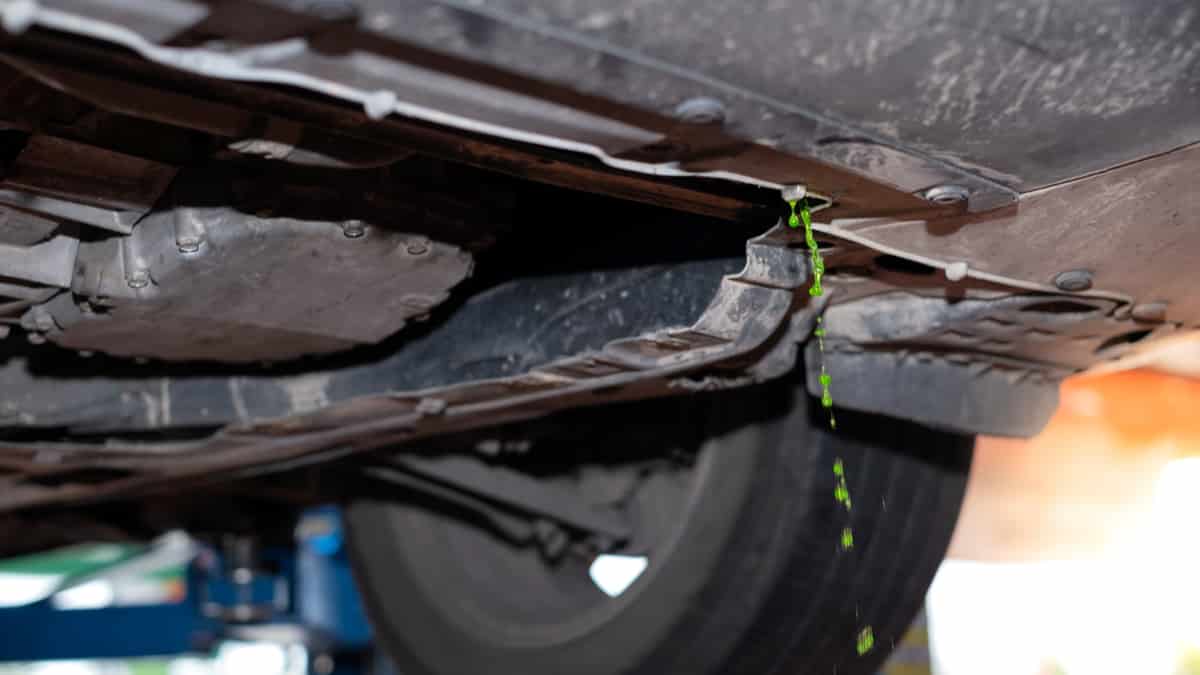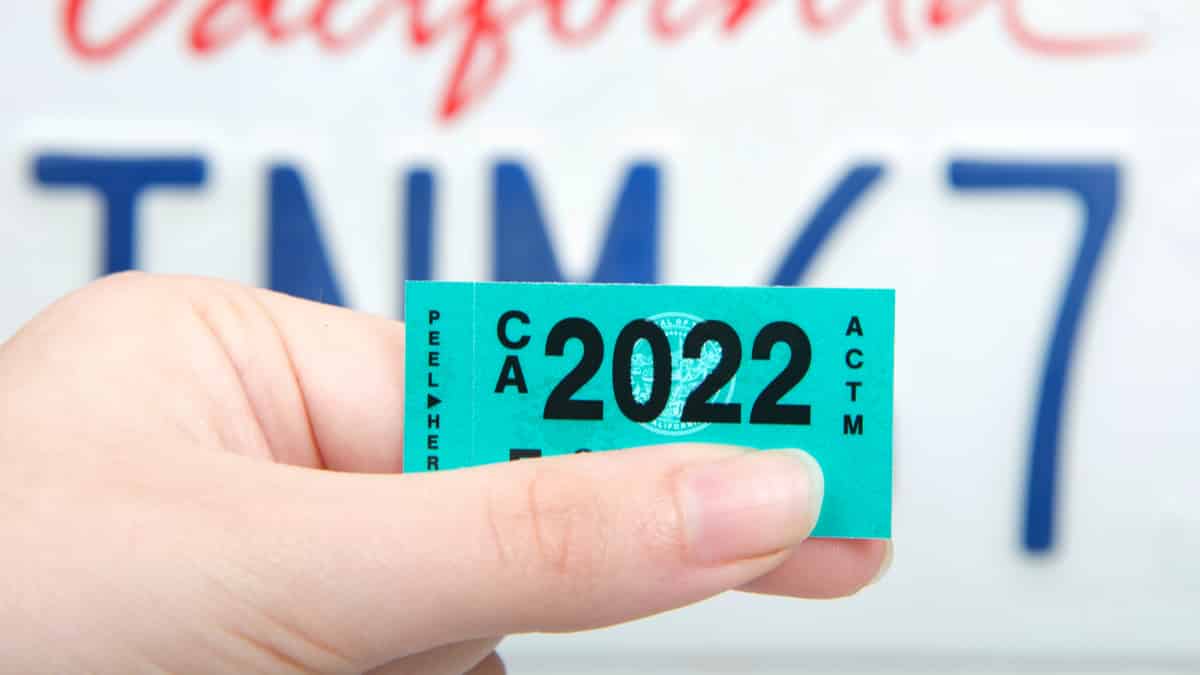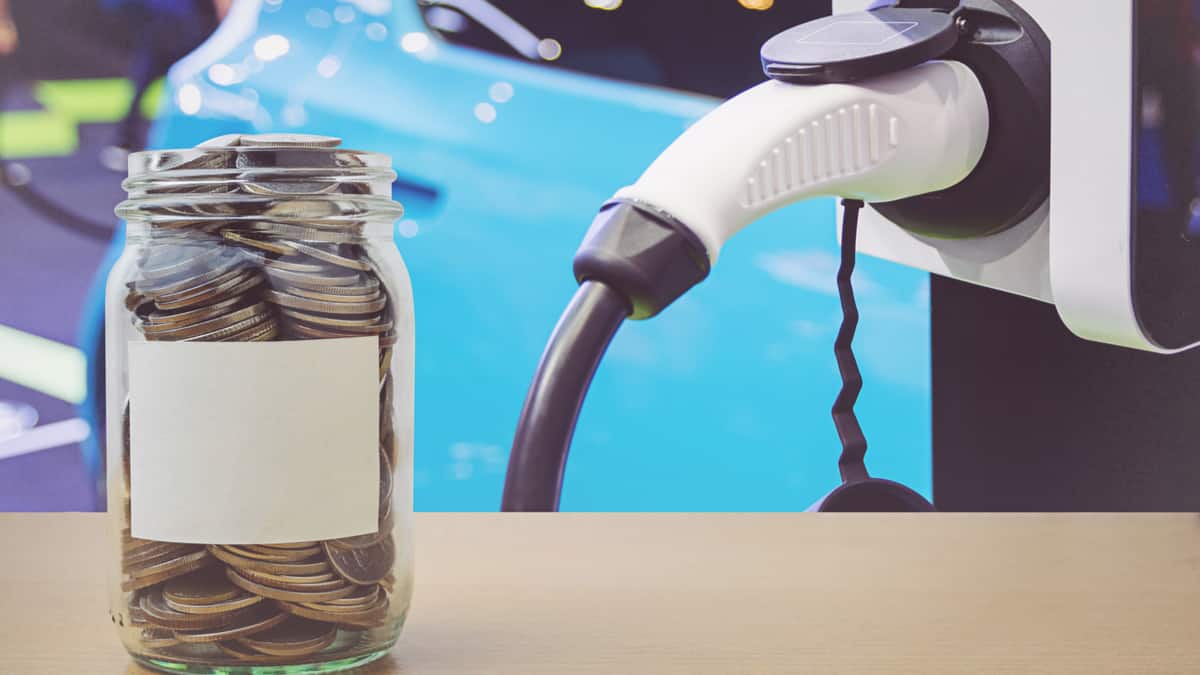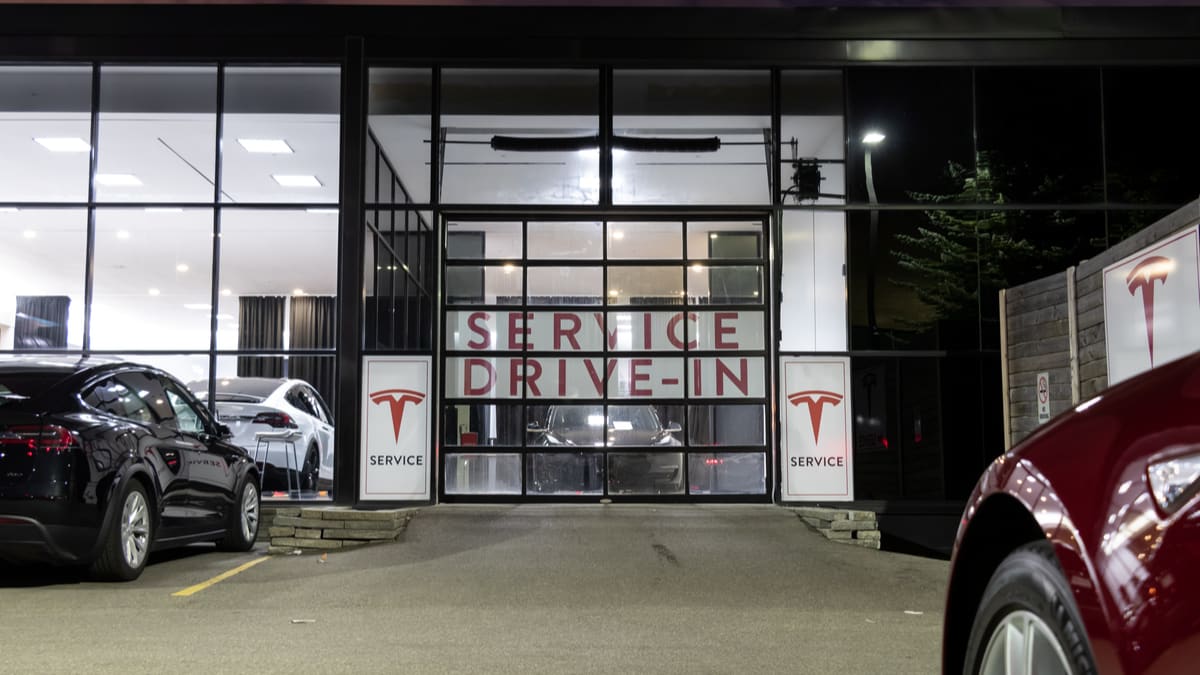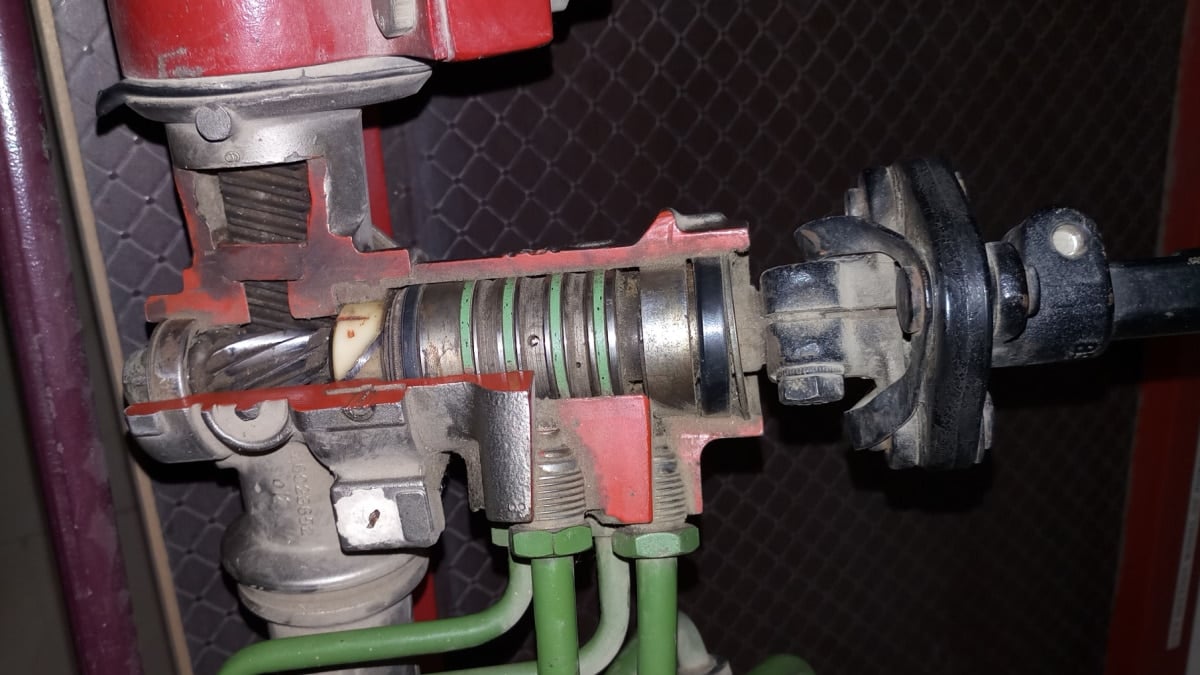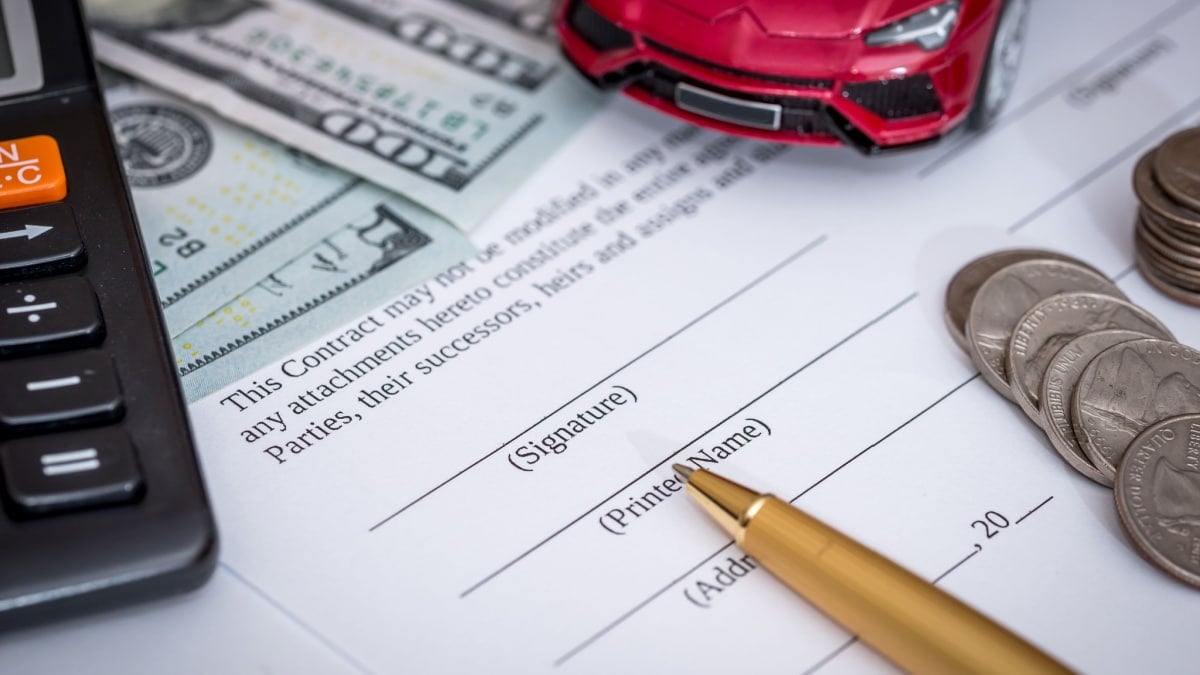There are many regular maintenance tasks that you need to perform to keep your vehicle running its best. One of the vital jobs you should perform is a regular brake fluid flush. What’s involved in the brake fluid flush and why should it matter to you?
In this article, I look at this essential maintenance task and evaluate what it costs. I also review the steps to perform your own brake fluid flush at home.
What is a Brake Fluid Flush?
During a brake fluid flush, all of the old, contaminated fluid is removed from the system. It’s replaced with fresh, clean fluid to ensure superior braking ability. A brake fluid flush is generally performed every 30,000 miles or two years, whichever comes first.
It’s just as important to regularly check the brake fluid levels. If the system doesn’t have enough clean brake fluid, there can be performance issues that put your safety at risk.
Why Your Car Needs a Brake Fluid Flush
The brake system contains many working components that must operate in harmony for superior performance. Whether the car has disk brakes on all four wheels or it contains drum brakes in the back, it’s still connected by tubes and hoses that link each brake to the master cylinder.
As you push down on the brake pedal, the plunger pushes into the master cylinder, causing brake fluid to run through the connected hoses to the brakes at each wheel. With disk brakes, this fluid gets pushed into the caliper that applies pressure to the piston so the brake pads can grip the disk and slow down the wheels. With drum brakes, fluid gets pushed into the wheel cylinder so the shoes can apply pressure to the drum and stop movement. Either way, the fluid is necessary for braking power.
Over time, components in the braking system start to deteriorate. Debris, rust, rubber, condense and other contaminants will flake away and end up in the brake fluid. As the fluid becomes dirty, it’s less able to perform its job, leaving you with brakes that don’t work properly.
Additionally, brake fluid is considered hygroscopic. It absorbs moisture and becomes less effective the older it becomes. Plus, the metal components don’t hold up well against this moisture and can easily corrode.
RELATED: 5 Symptoms of a Brake Fluid Leak (& Repair Cost)
Brake Fluid Flush Cost
The average brake fluid flush cost is typically $75 to $250. The price includes both parts and labor. If you complete the brake fluid flush yourself, you could save some money.
Additionally, the cost varies based on your location and the labor costs in the region. It can also depend upon the make, model and year of your vehicle.
Signs Your Car Needs a Brake Fluid Flush
1. Mileage
There’s plenty of debate over how often a brake fluid flush should be performed, but most car manufacturers will outline the recommendation in the service manual. If you are unsure, it’s best to follow the 30,000-mile or 2-year standard.
The regular maintenance schedule relies heavily on your driving style. If you are commuting in the city where lots of braking is involved, you might need more regular flushes than the person driving on the highway each day.
RELATED: DOT 3 vs. DOT 4 Brake Fluid Differences (Can You Mix Them?)
2. Spongy Brake Pedal
If the brake pedal starts to feel spongy or loose when you push it, now is a good time to change the fluid. If you leave the problem unchecked, the pedal could start going all the way down to the floor, which is very dangerous.
As the fluid becomes lower and contaminated, air can infiltrate the system. What you are left with are brakes that don’t respond the way they should.
3. ABS Light
The anti-lock brake system helps keep your wheels from locking up when traction is lost. There’s an ABS warning light on the dashboard that indicates when there’s a problem with the system.
If the brake fluid becomes low or heavily contaminated, the ABS light might come on. The system will also shut off to compensate for the lack of braking power.
4. Reduced Braking Performance
In normal circumstances, the brakes are going to operate quickly and efficiently. There should be no delays when you push the brake pedal down to stop. If there is, you might need a brake fluid flush.
However, performance issues can also be related to worn-out brake pads, warped rotors or wear of another component. If you are unsure, it’s best to have someone perform a brake system inspection.
5. Noises/Smells
Whenever there’s an issue with the brake system, it can be caused by a worn component or low brake fluid. It’s possible to even deal with grinding or scraping, although these normally point to worn-out parts.
If you notice burning odors when braking, there could also be burnt fluid from contaminants. However, the presence of burning should always cause you to stop driving and determine the cause to ensure your safety.
How to Perform Brake Fluid Flush
1. Empty Old Brake Fluid
You need to drain out all of the old fluid from the master cylinder. There’s no drain plug to the system, so you will need to use a siphon pump or transfer pump.
If all else fails, you can use a larger syringe or turkey baster. Keep removing the fluid until the reservoir is empty. Perform this step with the engine off and the car in Park. Also, make sure there is no pressure on the brake pedal.
2. Fill the System & Bleed
Fill up the reservoir with fresh brake fluid. You will bleed the system the same way you do when you install new brake calipers.
Begin at the back of the car and bleed the two rear calipers or wheel cylinders. Push down the brake pedal and open the corresponding bleeder screw. When the pedal reaches the floor, close the bleeder screw and release the pedal. Continue this process until all of the air has been removed from the system.
Once the back brakes are done, you are ready to move to the front. Perform the same steps on the front brakes.
3. Top Off & Test
After you bleed each wheel, you must check the master cylinder reservoir to see if more fluid should be added. Additionally, you must top off the system once you are finished bleeding the brakes.
Before you head out on the open road, take a short test drive of your vehicle. It’s best to find an empty parking lot or somewhere uninhabited to test the brakes out before using them in the real world.
Categories: Brakes, Maintenance
